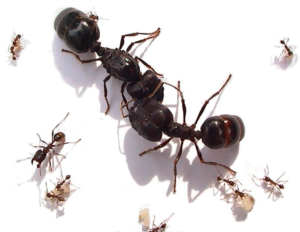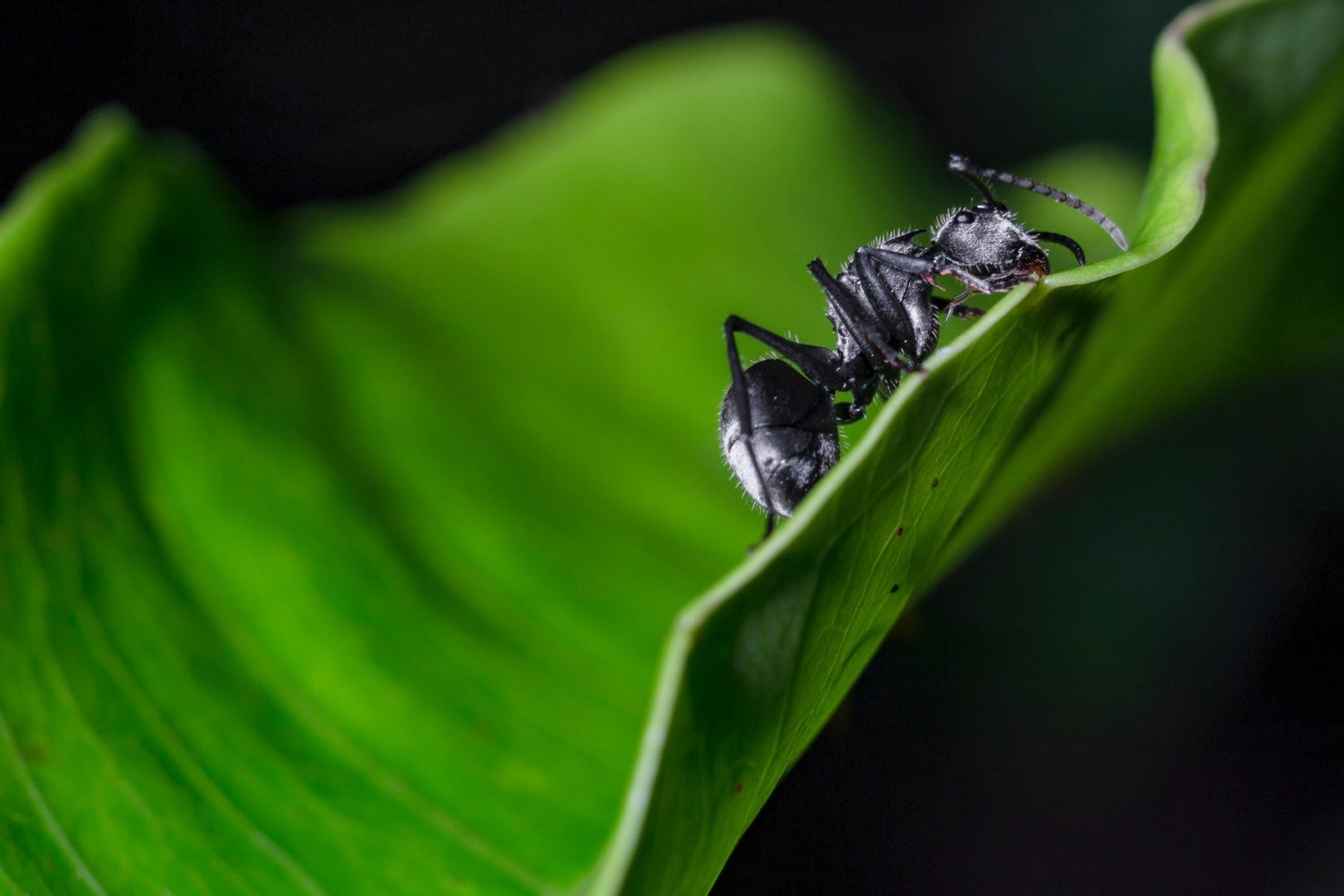In today’s spotlight, we introduce an ant known for its size- it’s the Pheidologeton diversus or The East Indian harvesting ant. As these ants are huge, i do not keep these myself. Instead, I keep lasius flavus.

Description:
Pheidologeton diversus (East Indian Harvesting ant) is a generally blackish in colour. Workers are usually tiny, however, their queen(s) and “supermajors” are the complete opposite. Supermajors can be a whopping 13 millimeters long while queen ants can be a humongous 20-25mm.

Location:
Pheidologeton diversus (East Indian Harvesting ant) live in Southeast Asia, where it is warm for them. They generally live underground and are rarely seen. This means that they are very hard to come across. However, an exception is during nuptial flights, in which queens and males will get ready to fly and mate.
Fun Facts:
- They are one of the few known ant species to be polymorphic, meaning the majors are quite different to the workers.
- They are known to act like fire ants and raid other colonies, but unlike fire ants, they do have a mother nest.
- This species is one of the rare species of ant that are polygyne, meaning they have more than one queen.
- These ants can be aggressive, but were also shown to be passive to humans and other ants at times.
Ant Comparison:
Lasius Flavus (Yellow meadow ant)

Pros:
- Easy to keep (considered one of the easiest ant species to keep)
- Good for beginners in antkeeping as they develop slowly
- Do not bite humans
- Generally shy, meaning they won’t actively try to bite you
Cons:
- Very slow in developing (can take estimated up to a year for a very stable colony)
- Can be too underwhelming for experienced antkeepers
- Have a small amount of starter ants, thus causing a slow upbringing
- Like all queens, can easily be stressed during the first stages, causing her to eat her eggs
Pheidologeton diversus (East Indian Harvesting Ant)
Pros:
- Very unique, can be a brand new sight every day
- Majors are huge, meaning a definite chance to see them
- They forage in groups, meaning cool feeding times
- When transporting the queen(s), it is a sure chance to see them getting transported to the nest
Cons:
- Require a LOT of space, can even take up two entire desks
- Because of their semi-nomadic lifestyle, they are basically impossible to keep in a formicarium
- Majors are HUGE, meaning you will have to feed the colony a lot for majors and super majors.
Ant Recap:
My opinion on these ants is quite varied. Whilst East Indian Harvesting Ants appear to be really interesting, they are known to be impossible to care for due to their sensitivity. This means they’re nearly impossible to see in an ant nest. They are also especially not a good choice for beginner ant keepers as these ants require a lot of space and resources, so these ants are best kept in zoos and full-time taxonomists’ homes…. That’s why I keep Yellow Meadow Ants instead; they may be less exciting than the East Indian Harvesting Ants, but at least they’re manageable in a regular, everyday home environment.
That’s all for this issue and remember to tune in next time for….
Ant Review! (part 2)


